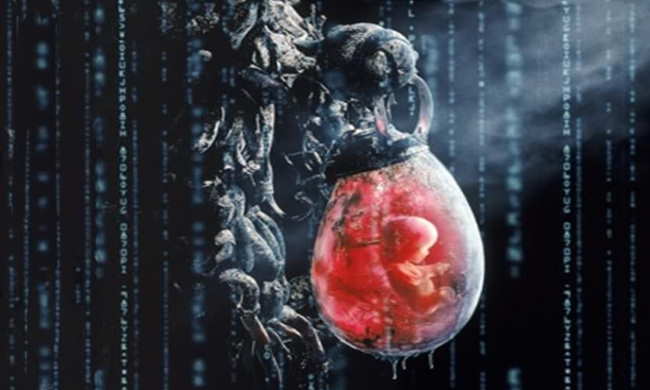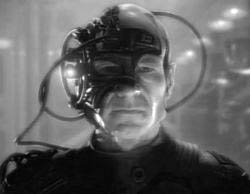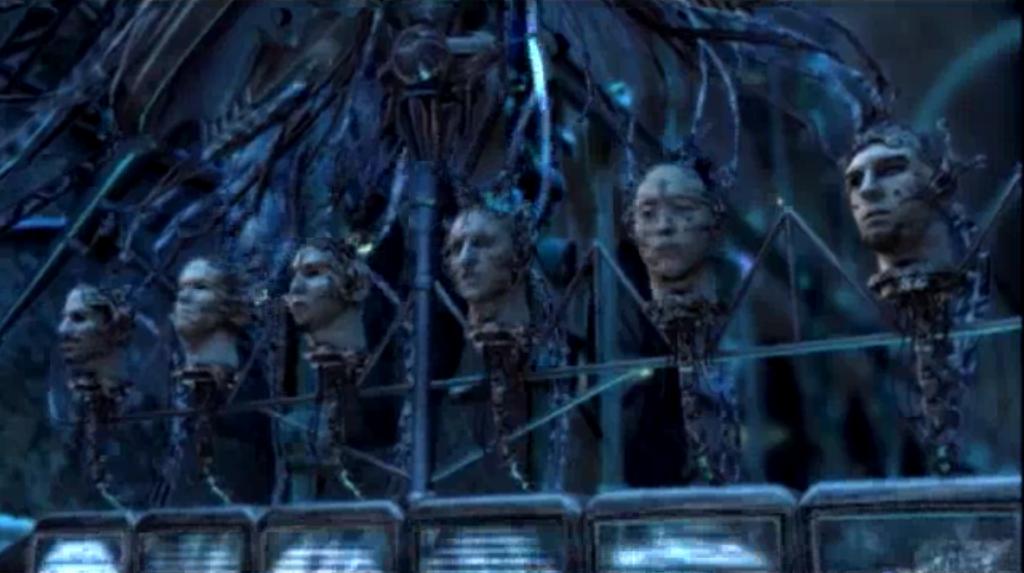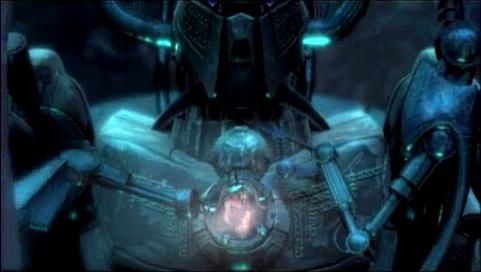One of the most difficult concepts found in the writing of Bernard Stiegler is encased in the Greek word Pharmakon; translated literally as the illness and the cure. The difficulty arises in the interpretation of this word because there is no direct English equivalent that signifies that something both is and is not, that it exists in a state of duality. Stiegler, in his investigation of the origin of mankind- in terms of the moment when we became tool-using animals- allegorizes this concept by using the Prometheus and Epimetheus myth. Stiegler is trying to make apparent the fact that the moment that our ancestors reached out and used tools “repetitively” we became something else; what we became is debatable. For Stiegler, this was the moment we became human, coincidentally, this is also the moment we understood our own mortally. Stiegler engages this concept through the myth, describing how once we were given the fire that belonged to the gods (from Prometheus) we recognized our mortality because we knew we were not immortal like the gods whose fire we were using. This interplay between technics and mortality is where we find the idea of the pharmakon. Our humanity is technical, an extension of our physical selves, but it is also organic, in that we must all recognize and face the possibility of our own deaths. These allowing conditions of humanity complicate our understanding of what it means to be human. One question that I ask specifically is this: If the fundamental moment of becoming human is through repetitive tool use and a recognition of our own mortality, then could it not be possible that other creatures at least have the potential to become human?
Difficulties of the concepts aside, these ideas apply nicely to our cabinet project. We have encased a recognizable object–Cameron’s moving image– in a box that the user must engage with and manipulate. Our intention is that by seeing a human likeness (distorted but recognizable) and interacting with it, that our users will be engaging in both repetitive tool use which extends outwards from the body and in a type of recognition scenario that astute users will hopefully understand to be a recognition of an entity that in theory (with enough power) could be immortal. This is how we engage Stiegler in our project, and how our cabinet is also a Pharmakon- it is a game and its solution, a representation of humanity, and an investigation into the handcuffs of immortality.
« The Home Stretch David Wills and the Speed of technology »






